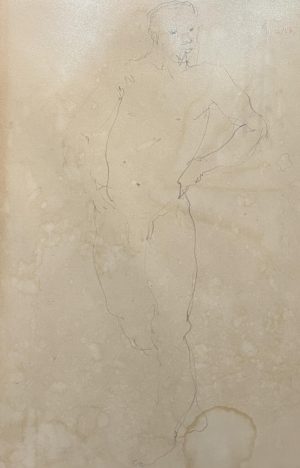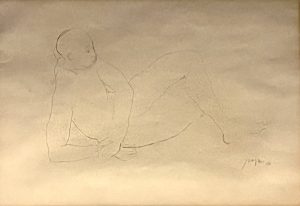José Tanig Joya (June 3, 1931 – May 11, 1995) was a pioneering Filipino artist who revolutionized Philippine modern art by introducing vibrant abstract expressionism. Born in Manila, he showed artistic talent from a young age, initially exploring representational themes before embracing bold abstraction .
He graduated in 1953 as the University of the Philippines College of Fine Arts’ first magna cum laude. Early mentorship included conservative masters like Fernando Amorsolo and Guillermo Tolentino, but his direction shifted toward international modernism.
In 1954–55, Joya received a scholarship from the Spanish Instituto de Cultura Hispanica to study in Madrid. This was followed by a Fulbright‑Smith‑Mundt grant that enabled him to earn his MFA at Michigan’s Cranbrook Academy of Art in 1956–57. A later Rockefeller and Ford Foundation grant allowed him to study printmaking at the Pratt Institute in New York in the late 1960s
He pioneered action painting in the Philippines, creating large canvases marked by dynamic spontaneity—gestural brushstrokes, heavy impasto, controlled drips, and bold color inspired by tropical landscapes and Asian aesthetics.
In 1964, Joya and Napoleon Abueva became the first Filipinos to represent the Philippines at the Venice Biennale, showcasing works like Granadean Arabesque and Hills of Nikko, solidifying his status as a key figure in international modern art.
A dedicated educator and leader, Joya served as President of the Art Association of the Philippines (1962–65), Dean of UP’s College of Fine Arts (1970–78), chaired the National Commission for Culture & the Arts’ Visual Arts Committee, and was awarded the French Chevalier des Arts et Lettres in 1987.
Showing all 2 results


